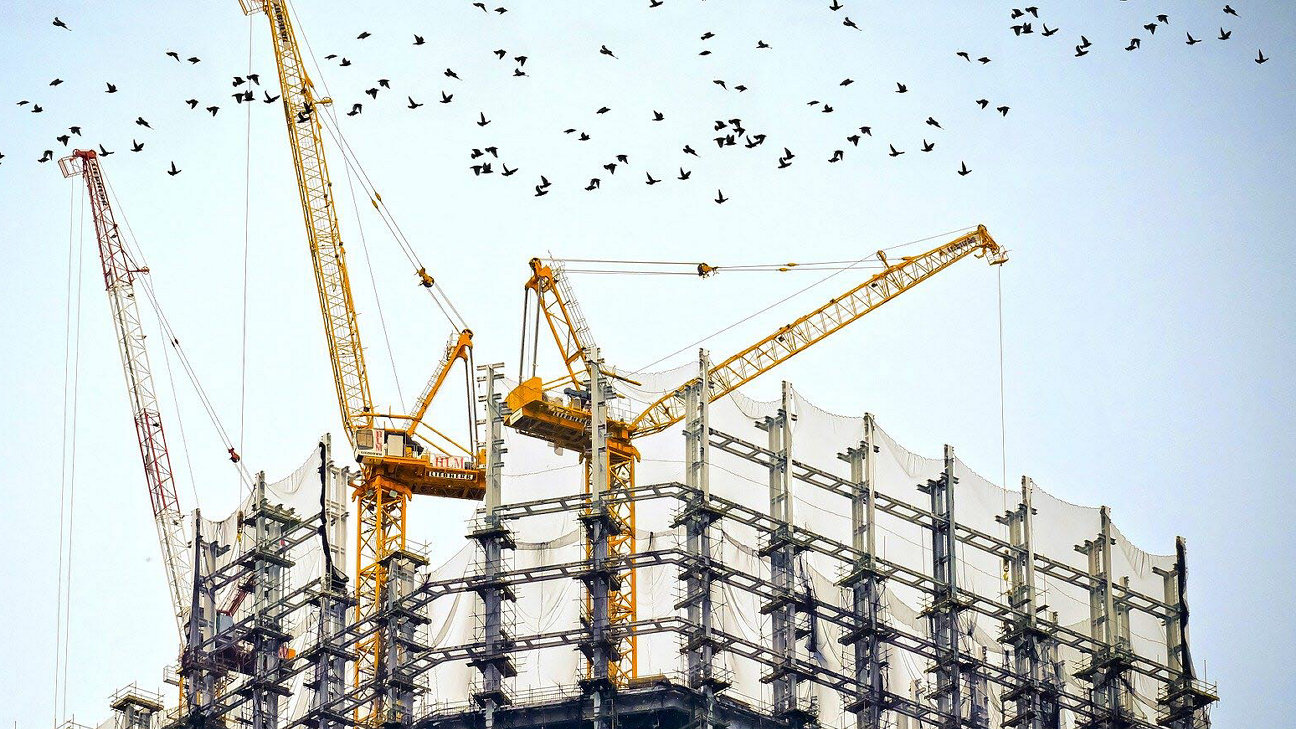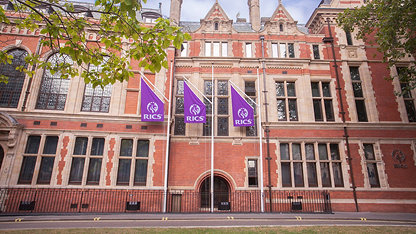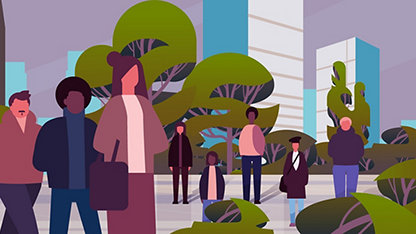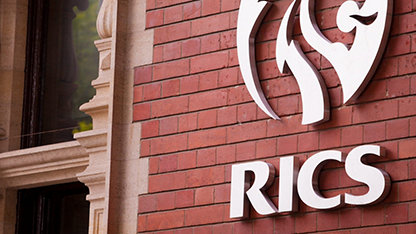Resilience relates to our ability to recover. It is the quality we show as we rebound from shocks that threatened to knock us off course, reorienting ourselves, and continuing to pursue our purpose.
There are many ingredients to resilience – in recent commentary I have seen versatility, permanence, even simply strength ascribed to the term. Important as they are, these contributing facets should not distract us from the concept’s distinct meaning and essence, which is that sense of purpose that drives our recovery and continued action. After all, we do not recover for the sake of it. We recover in order to do things that matter to us and to achieve what is important to us.
Professionals in the built and natural environment have a singular purpose: to deliver for the public advantage. In holding to this purpose during the challenges of recent months – by being resilient to them in the term’s true sense – professionals have produced some outstanding achievements, and RICS has catalogued as part of the suite of resources it has provided to support the profession during the COVID-19 outbreak.
I cannot overstate how proud I am of how professionals have delivered in these circumstances, so I have summarised by theme below the stories published so far and some that are being written up. RICS is adding to this list all the time, so I encourage everyone to browse the full collection on the dedicated section of the RICS website, and to submit their own stories of #resilientresponse in the built and natural environment on our social pages.
Delivering for the public advantage
This public health emergency has placed renewed focus on the social impact that our activity delivers. Built and natural environment professionals have delivered some astonishing public projects at breath-taking speed and scale. This includes well-known examples like the construction of a 1,600-bed hospital in Wuhan, China within ten days at the outbreak of the virus, and the conversion of a football stadium in Brazil into a fully-functional hospital. It also covers less visible but equally important projects like user-interface adaptations and sanitization installations across the UK’s rail network by facilities management professionals, which has enabled key workers like medical professionals to continue travelling safely to their workplaces. By creating new capacity and enabling low-risk use of existing critical infrastructure, professionals in the built and natural environment demonstrate every day how central their work is to delivering confidence to the public advantage.
Delivering to the highest standards
Public confidence has always been key to the built and natural environment, but it has become even more important as people seek assurance that it is safe to return to work and life in public spaces. Many professionals have found that they are able to go further in assuring public trust than ever before, including the Facilities Management team at Zurich University Hospital, Switzerland. To help medical professionals and patients to come together safely within the hospital, they have remodelled communal and clinical spaces, delivered critical medical supplies to repurposed locations, installed easy-to-access sanitization dispensers and messaging across the facility, and updated cleaning practices and schedules. New ways of working do not mean a dilution in standards.
Innovating to achieve better outcomes
Our purpose may be the same, but the way we deliver must constantly change to meet the new demands of our circumstances. Digital technology has enabled professionals to continue delivering public assurance in areas where no human contact is permitted, from the small businesses in the UK using Building Information Management to continue school campus development off-site using digital twins, to large valuation practices adapting to deliver to desktop valuations where possible in order to maintain market capacity. US professionals have delivered mobile facilities that allow testing where demand requires and separate from main sites, while Hong Kong professionals have adapted geographic information systems to plot and visualise confirmed case, agility which has helped support confidence so that business and life can continue. The cost and operating efficiencies these technologies have unlocked mean that many firms will not go back to the way they used to work even when we are past the peak of this crisis.
Inspiring resilience through our public purpose
As you read, these stories, I am sure you will find as I did that these exemplary professionals are a great source of motivation and practical inspiration. Not only do they remind us what is possible when we focus on our purpose, but they highlight the attributes that have always allowed professionals successfully to deliver confidence: dedication to the public advantage, commitment to the highest standards, and a willingness to innovate.
These principles will continue to shape our professional delivery and the public’s response to our work in the built and natural environment. So let us take the opportunity that today’s challenges present to refresh our understanding of our purpose, to develop new and more effective ways of working together, and to increase our positive impact on our human and natural world. I hope you enjoy the stories, and please remember to share your own by using #resilientresponse on Twitter, LinkedIn, and Facebook so that the whole profession can share in the inspiration.
My best wishes to you and your loved ones.
About the author

Timothy Neal FRICS
President, RICS
Previously the President and CEO of CallisonRTKL, Arcadis’ global architecture and design practice, the Global Director of Buildings at Arcadis, and the head of UK and European Regions at EC Harris before that, Tim is an internationally recognised leader with more than three decades of experience in the buildings market, large-firm operations and talent management. Tim has been a member of the RICS Global Regulatory Board for the previous four years and is also the Chair of the International Fire Safety Standards (IFSS) Coalition. He is a Board Trustee, and Secretary of the Council on Tall Buildings and Urban Habitat.













